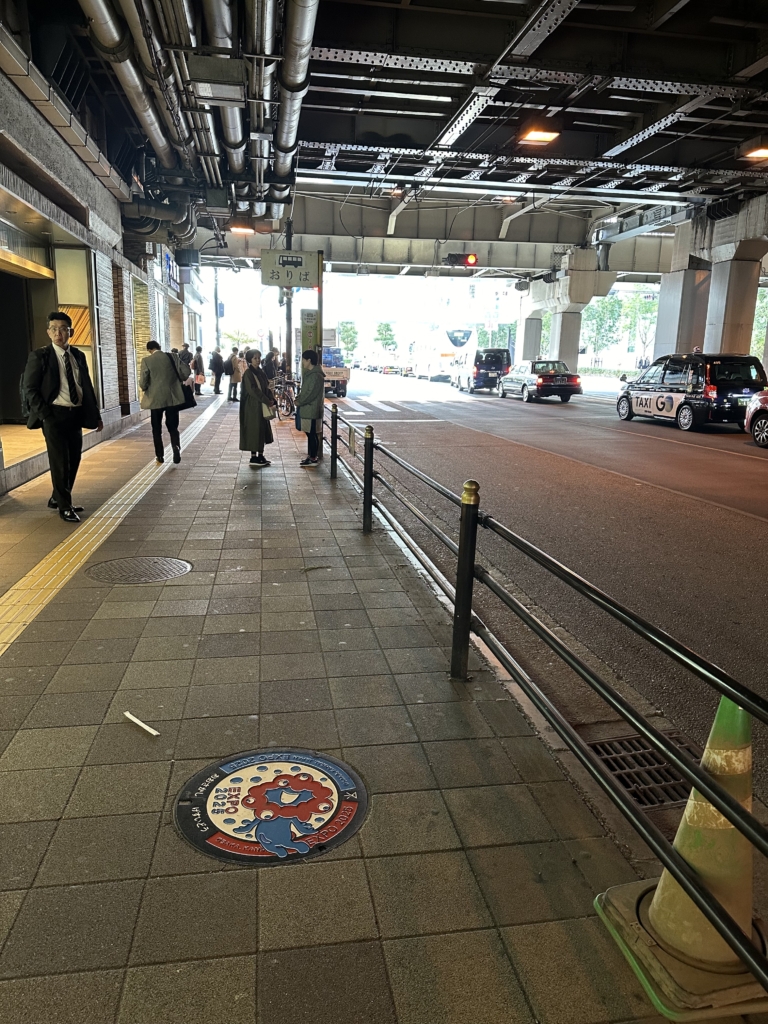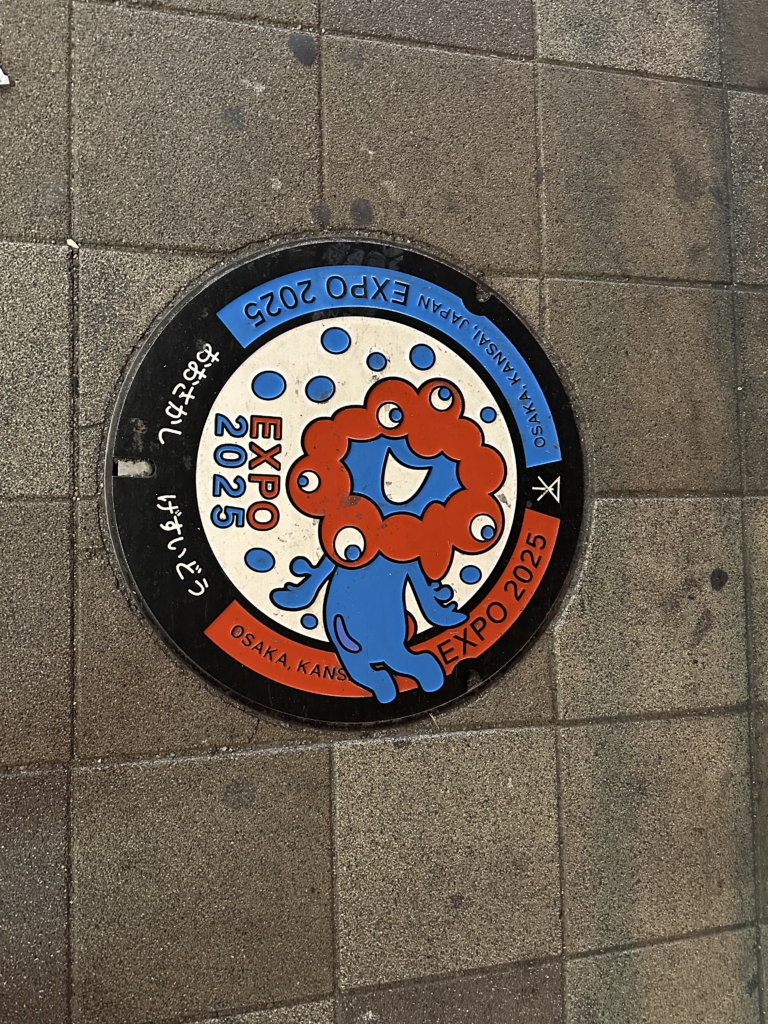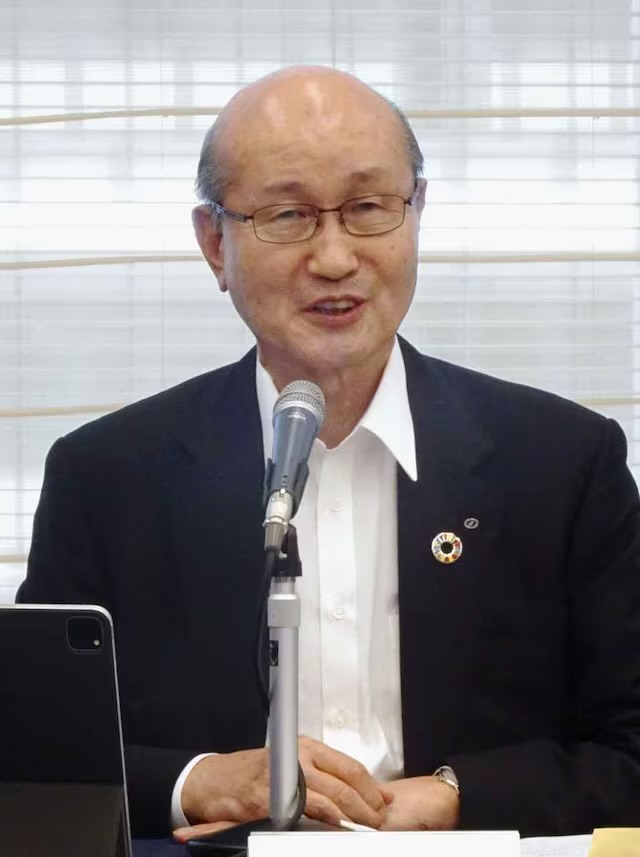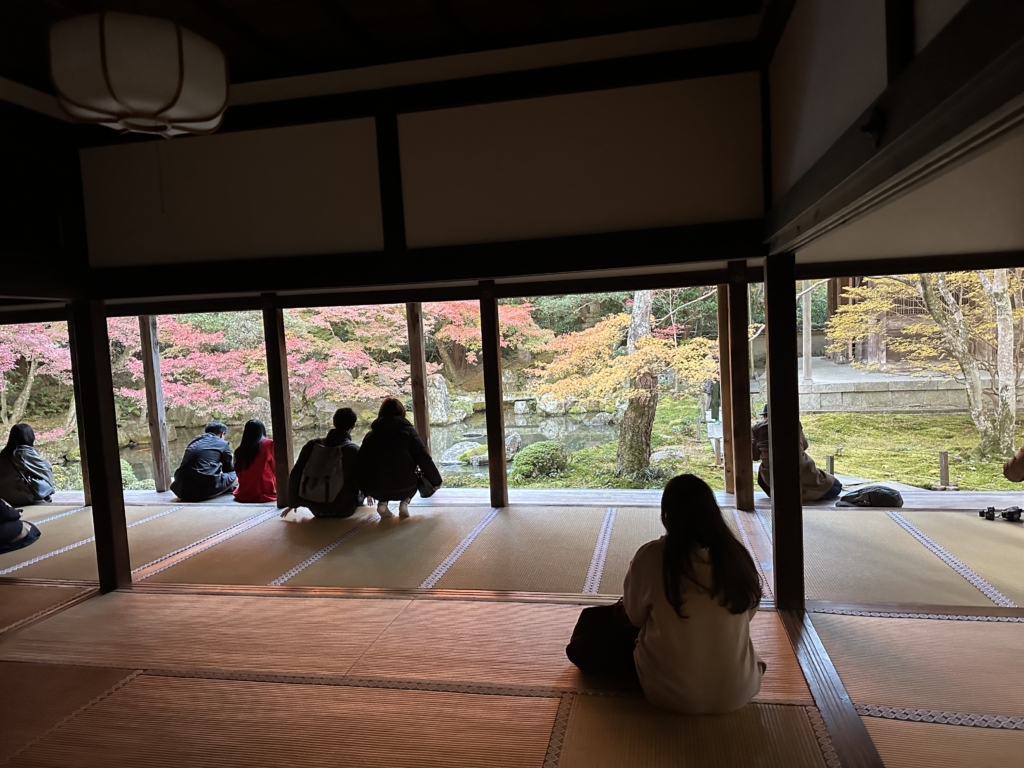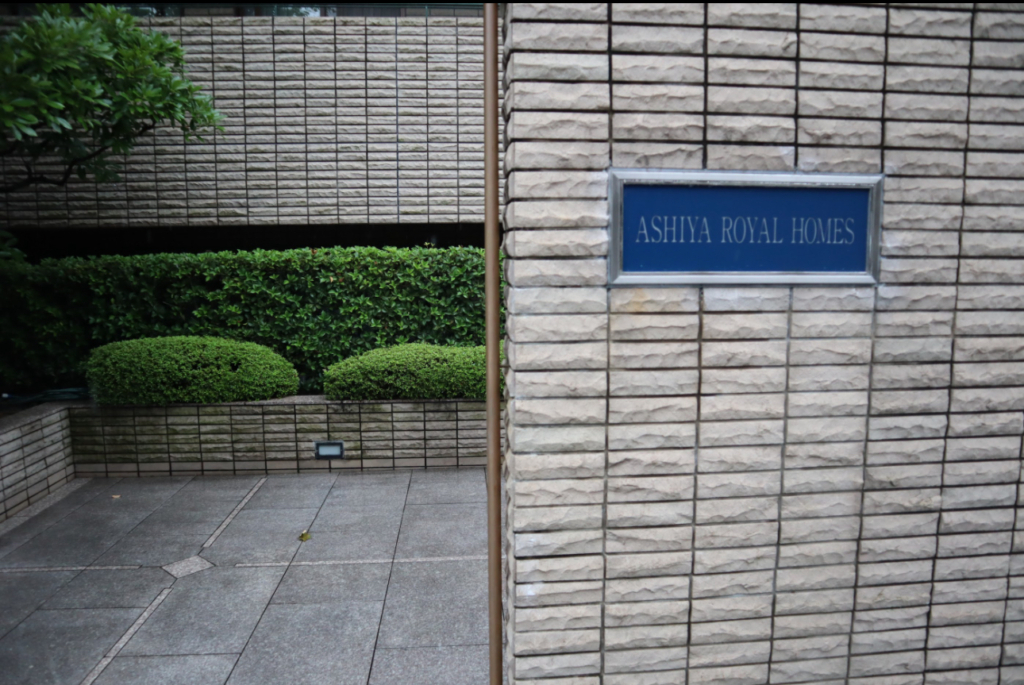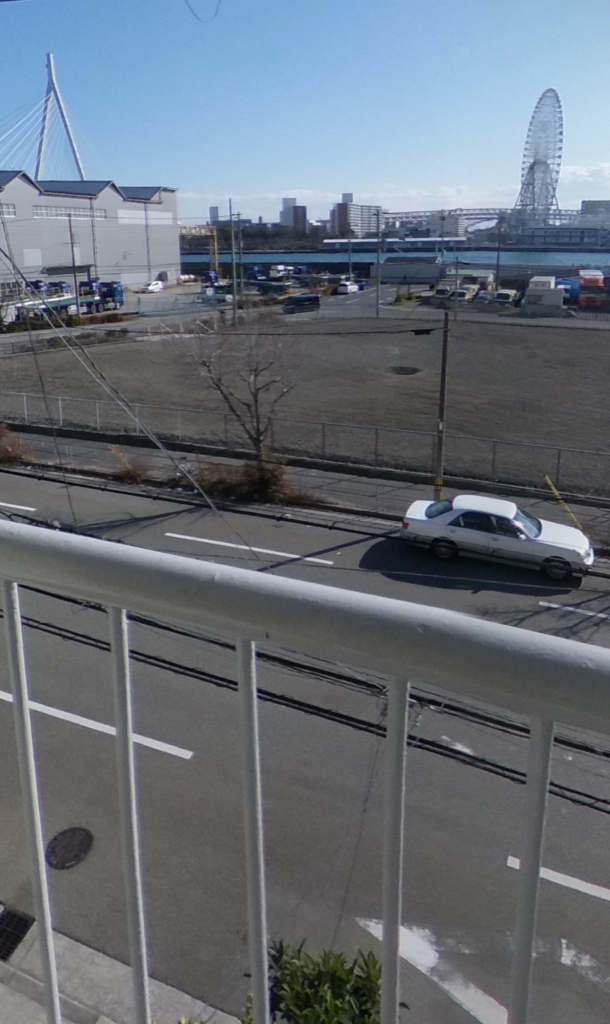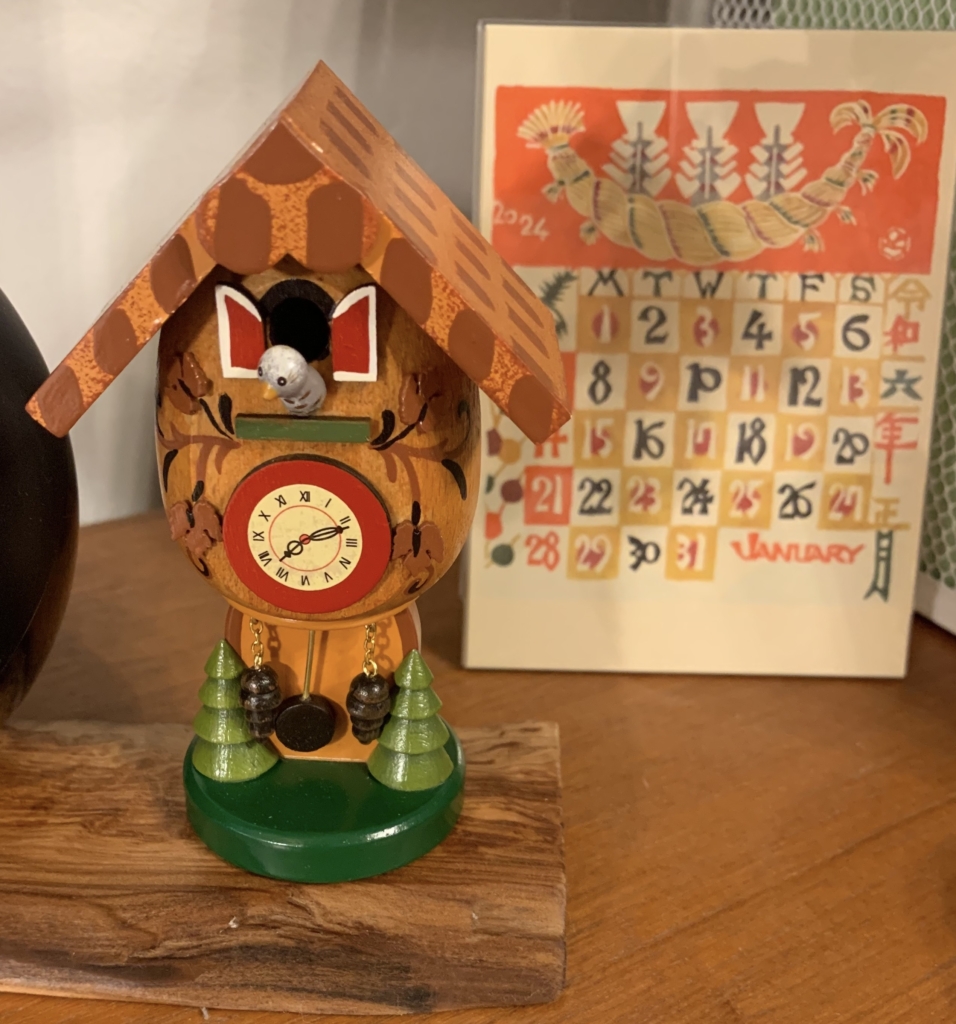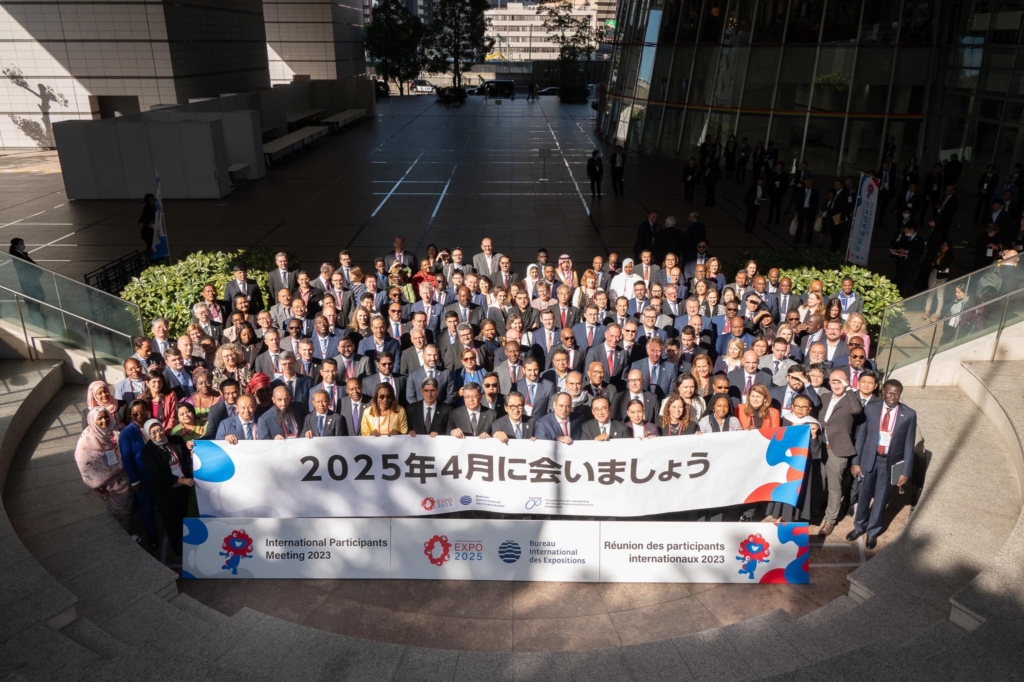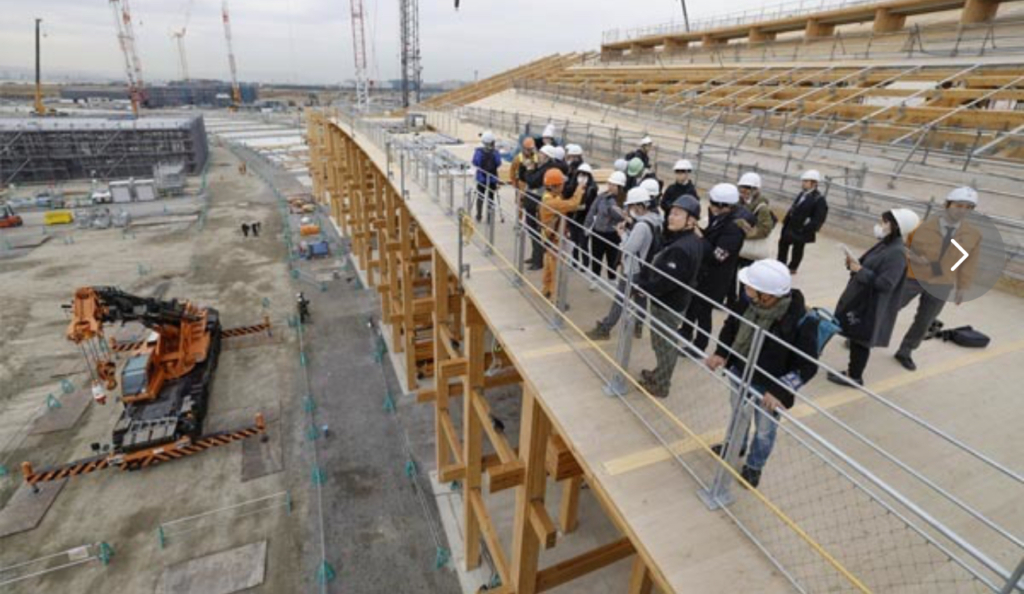
https://news.yahoo.co.jp/articles/b0f49f44d84f69e53a6f8a61c3e61010461f8963
The collective backlash from Tokyo’s Kasumigaseki bureaucrats against the Kishida administration has begun, marking a critical phase in Japanese politics. Recent media reports revealed an additional burden of 83.7 billion yen for the construction of Expo 2025, a figure previously known to bureaucrats but deliberately withheld from the Kishida government. Even Jimi, the Minister in charge of the Expo, was kept in the dark due to the bureaucrats’ failure to report.
With the plummeting approval ratings of the Kishida administration, bureaucrats have assessed that Kishida lacks the power to manage the situation effectively. As a result, they have decided to release a flood of previously hidden negative information, likely leading to further cost revelations and challenges for the Expo.
This strategy by the bureaucrats, once set in motion, often signals the end of a political regime in Japan. Next year, it’s highly probable that both the Kishida government and Minister Jimi will be utterly overwhelmed by the unfolding Expo scandal, leading to their political downfall.
In the coming year, Japan’s political landscape is poised for rapid and tumultuous changes, creating an increasingly unstable environment around Expo 2025.
#Expo2025 #JapanPolitics #KishidaAdministration #BureaucraticBacklash #PoliticalCrisis #GovernmentTransparency #RisingCosts #PoliticalInstability #OsakaExpo2025 #GovernmentAccountability

